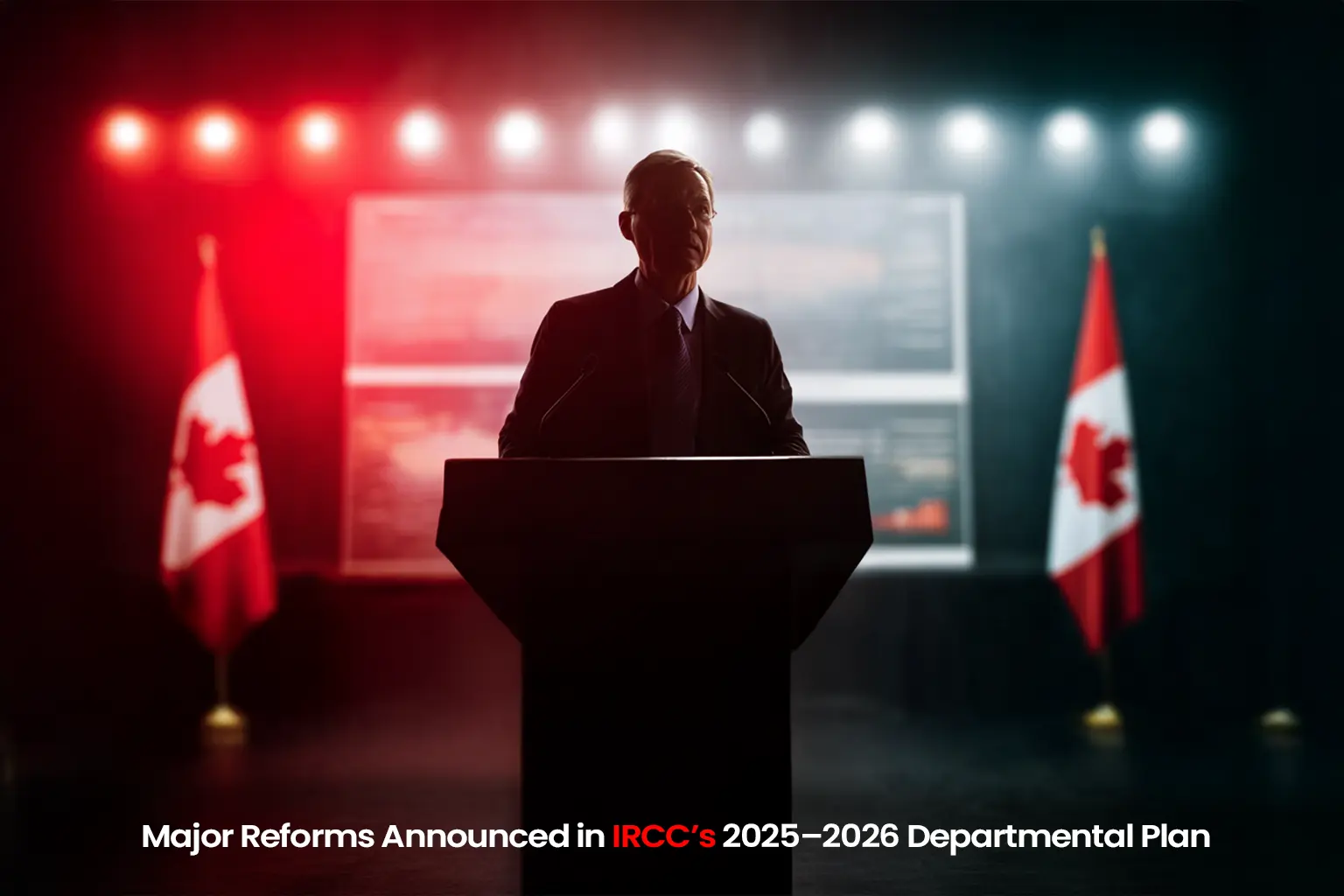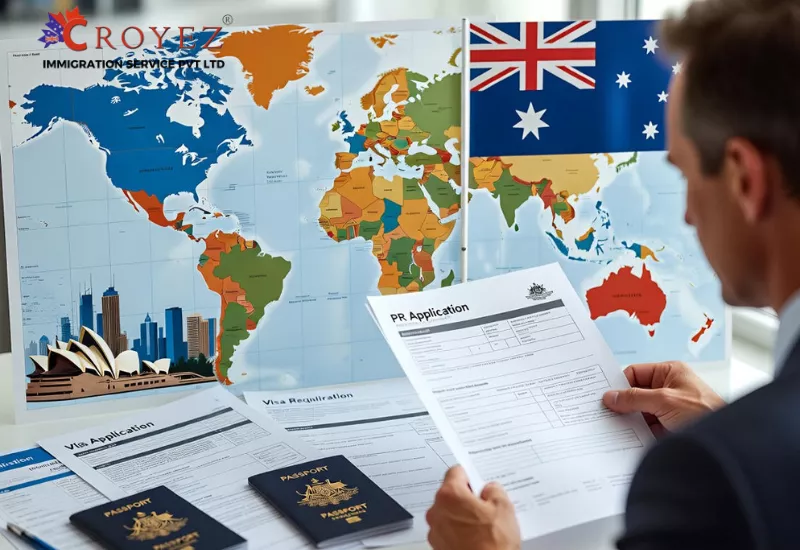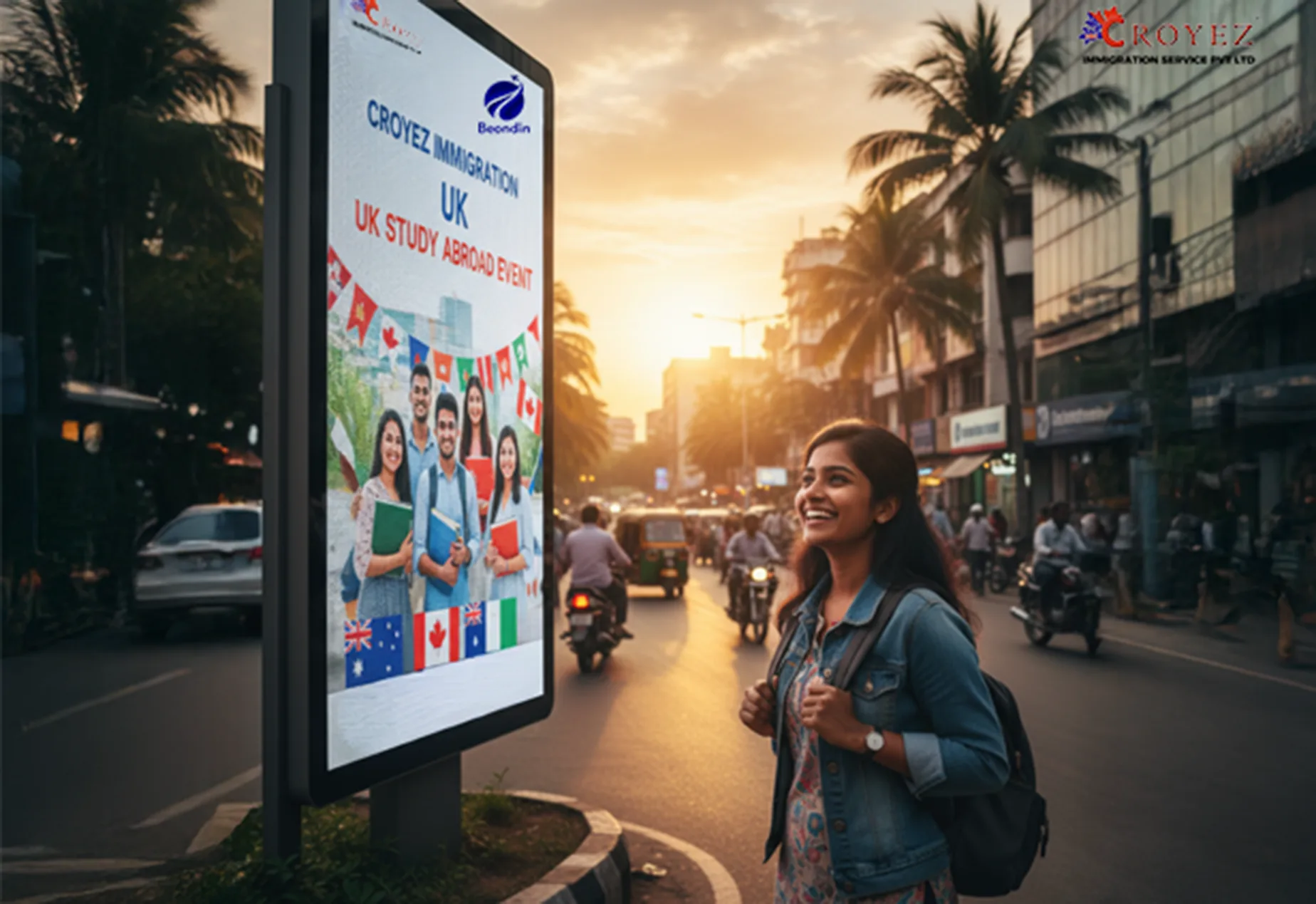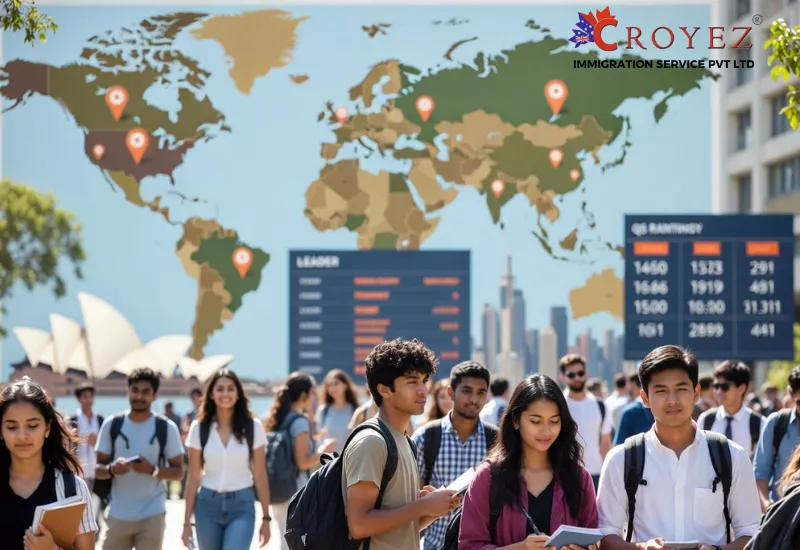Canada’s Immigration, Refugees and Citizenship Canada has introduced significant policy shifts and strategic priorities in its 2025-2026 department plan. This makes a transformative phase for immigration to Canada. This plan was released on June 20, 2025, showing the country’s evolving approach. This will help balance immigration growth with social infrastructure and economic demand.
IRCC’s latest roadmap covers extensive and all-inclusive changes for creating permanent pathways for vulnerable populations, to implementing stricter controls on temporary residents. These changes will directly affect aspiring immigrants, international students, Canadian employers and temporary workers
New Permanent and Work Permit Pathways
One of the important announcements is the permanent establishment of the Economic Mobility Pathways Pilot (EMPP). This was initially launched to support the skilled refugees, it now became a long-term channel for offering PR to refugee candidates having high demand skills by the end of 2025.
At the same time, IRCC is creating a new labour stream and specialised work permit customised for the agriculture and fish processing sectors of Canada. These reforms are expected to support the seasonal and rural workforce needs of the country. This support will be provided especially in the Atlantic and Prairie provinces.
Major Adjustments for International Students and Spouses
The 2025-2026 plan proposes revised eligibility for PGWPs. This will require the applicants to look carefully into the field of study criteria. This means not all of the academic programs may lead to a PGWP in the future. This will impact the long-term immigration planning of the students and their path to PR.
Also, SOPWs, particularly those granted to spouses of international students and workers, will have some eligibility changes. Though the details remain forthcoming, these modifications will restrict access and alter the available work opportunities for the accompanying family members.
Expansion of Trade and Regional Mobility
IRCC also emphasises international cooperation by implementing free trade agreements with Ecuador and Indonesia and ongoing negotiations with ASEAN and CPTPP accession candidates. These agreements are expected to introduce new reciprocal work opportunities and fast-track permit options for professionals under the category of trade mobility.
Meanwhile, the efforts to enhance Francophone immigration will continue with a full introduction of the Welcoming Francophone Communities Initiative by the end of 2026. This will help French-speaking newcomers to settle outside Quebec. They should also align with the government's target of having 8.5% of French-speaking PRs living beyond Quebec.
Digital Transformation and AI Integration
To modernise the process, IRCC will introduce a new online account system for all applicants. This will make it easier to communicate, submit documents and track applications.
GeoMatch is another smart tool they are working on, which was made with Stanford University. It will help Express Entry applicants choose the best place in Canada to live and settle successfully.
Key Commitments and Continuing Priorities
IRCC has reaffirmed several policy directions:
- Express Entry to focus on healthcare, education, trades and French-speakers.
- 40% of PRs to come from temporary residents already in Canada.
- 75% of PNP nominations to be given to in-Canada candidates.
- LMIA-based work permits are capped at 80,000–84,000 yearly.
- PR and temporary residents are capped at 1% and 5% of the population, respectively.
- The study permit cap remains due to infrastructure limits.
- Faster processing for overseas family sponsorships.
- More funding for settlement support services.
- Online passport renewal to be expanded.
The IRCC aims to process 80% of all application types within published service standards and reach a 90% client satisfaction rate. A public perception goal has also been set by the department. That is, by the end of each fiscal year, at least 65% of Canadians must support current immigration levels, up from 50% in 2023.
How Croyez Immigration Can Help
At Croyez Immigration, we are up to date on the updates from Canadian Immigration. This ensures our clients benefit from the latest opportunities and policy changes. Some of the ways we can assist you are:
- Evaluate your eligibility under the pathways such as Express Entry or EMPP.
- Offer a study plan strategy according to the revised PGWP rules.
- Assist spouses and family members to get through the changes in SOWP.
- We help employers in agriculture and fish sectors.
- Our consultants guide applicants through the digital process and Express-Entry using AI-driven tools like GeoMatch.
- We also prepare you for a trade-mobility visa.
Our customised and expert services at Croyez Immigration help in getting through the evolving immigration system of Canada.





